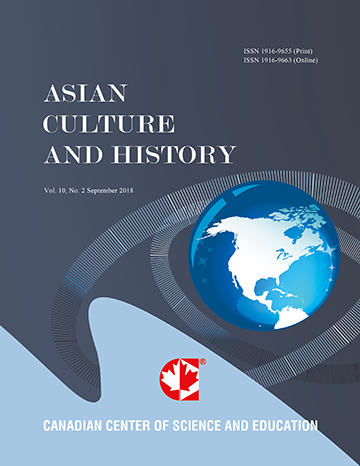Functions of Millenarism in Premodern Japanese Literature
- Motoko Tanaka
Abstract
This article explores social functions of millenarism which are defined in the field of social studies, history, and theology, focusing on its subversive nature to change power relationships between people. It also discusses whether theories about millenarism are also applicable to the Japanese tradition, which has been strongly influenced by Buddhism. The latter part of the article examines the way in which social functions of millenarian attempts were described in premodern Japanese literature, in the Heian and the Kamakura periods. Particular historical cases which influenced millenarian thought are explored, in order to balance with millenarian theories which dominantly come from the West. The main texts to be discussed are the Heian-era fiction Genji monogatari, since the work was influenced by Genshin’s Ōjōyōshū and Amidism, and was written when the age of mappō was widely diffused, and the Kamakura-period essay Hōjōki, which vividly describes apocalyptic events in the transition from the Heian to the Kamakura periods. The examples in these texts indicate that millenarism as an attempt to change the power relationship and to regain a new identity is not unusual in premodern Japanese culture.
- Full Text:
 PDF
PDF
- DOI:10.5539/ach.v14n1p55
Journal Metrics
Google-based Impact Factor (2017): 5.42
h-index (January 2018): 11
i10-index (January 2018): 21
h5-index (January 2018): 6
h5-median (January 2018): 9
Index
- Academic Journals Database
- CNKI Scholar
- COPAC
- EconPapers
- Elektronische Zeitschriftenbibliothek (EZB)
- Excellence in Research for Australia (ERA)
- Genamics JournalSeek
- Google Scholar
- Infotrieve
- LOCKSS
- MIAR
- NewJour
- Open J-Gate
- PKP Open Archives Harvester
- Publons
- RePEc
- Scilit
- SHERPA/RoMEO
- Standard Periodical Directory
- Technische Informationsbibliothek (TIB)
- The Keepers Registry
- Universe Digital Library
- WorldCat
Contact
- Ivan YongEditorial Assistant
- ach@ccsenet.org
